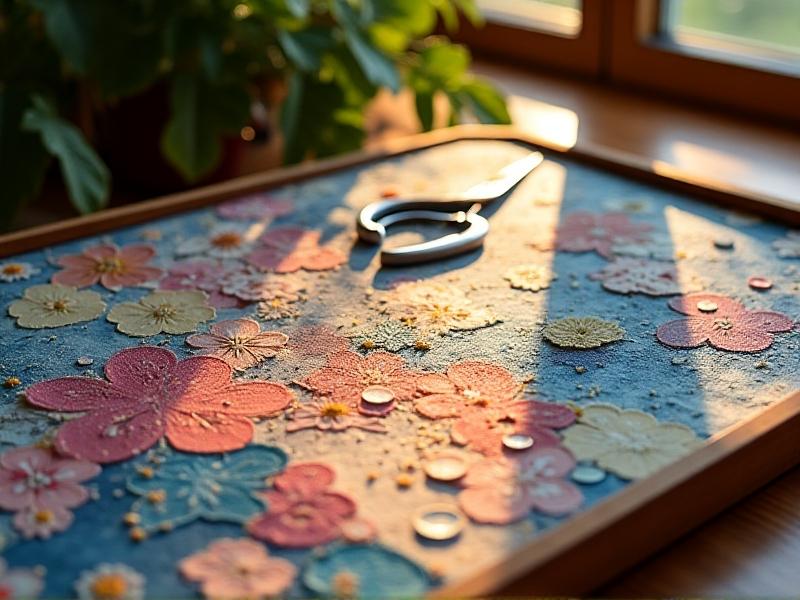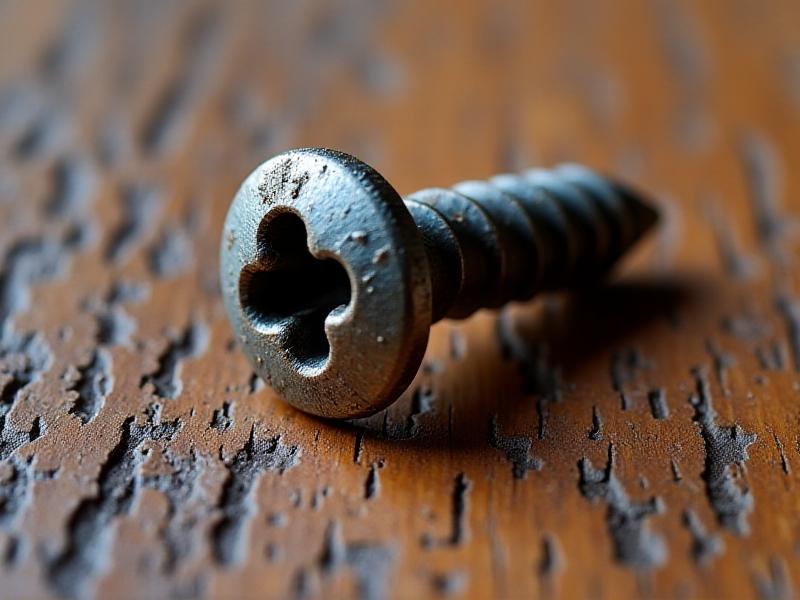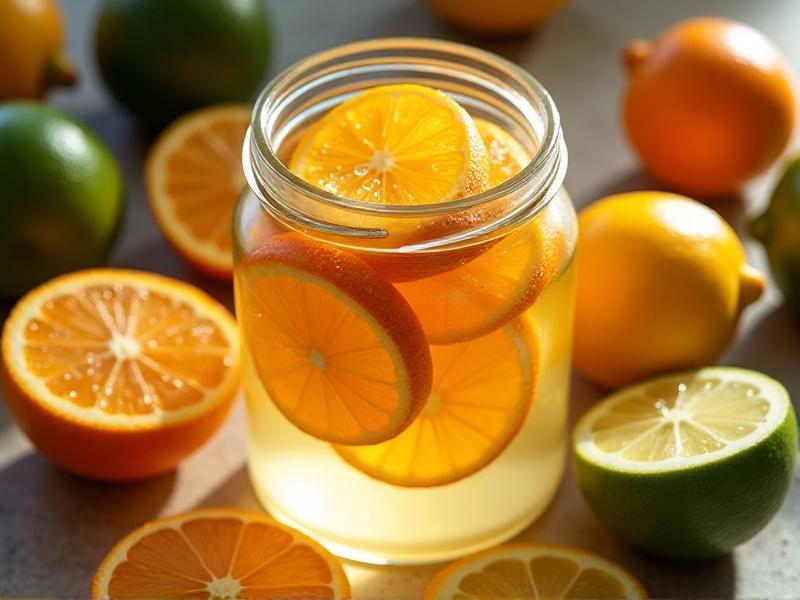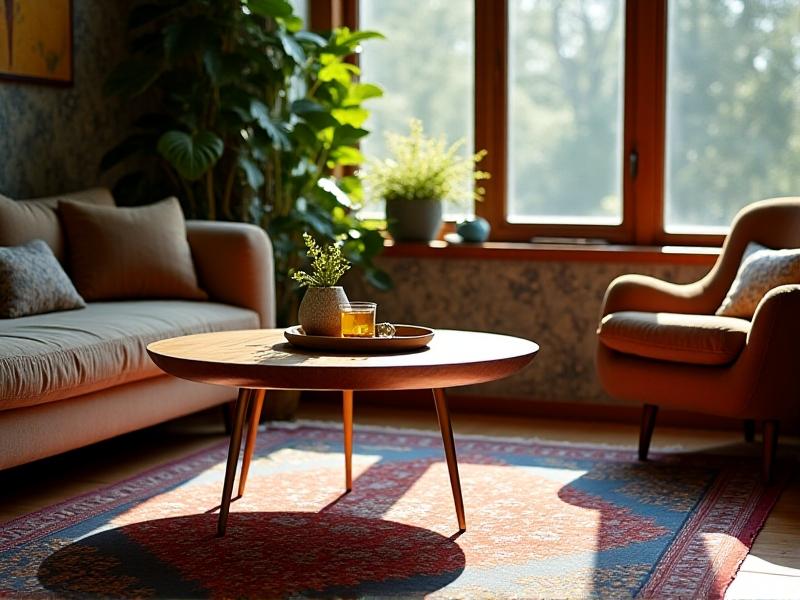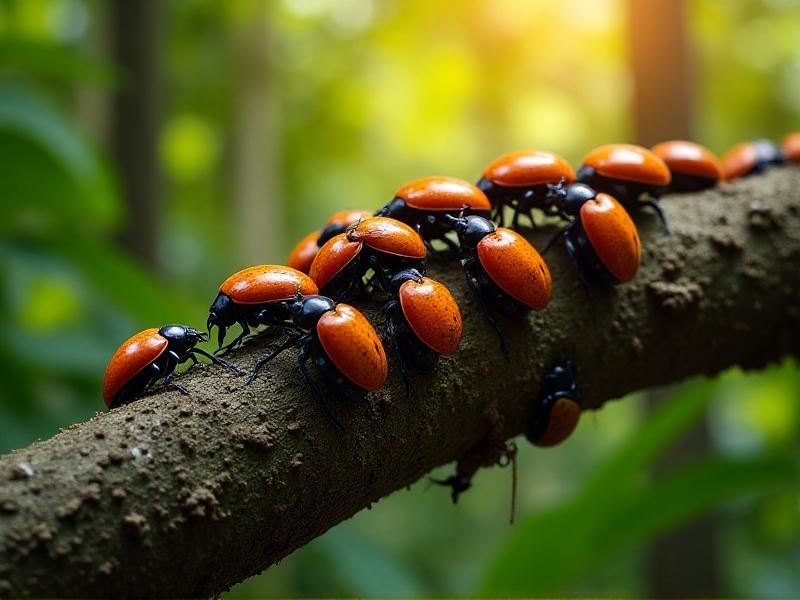Boiled Linseed Oil: The Traditional Finish for Modern Flippers
The Timeless Appeal of Boiled Linseed Oil
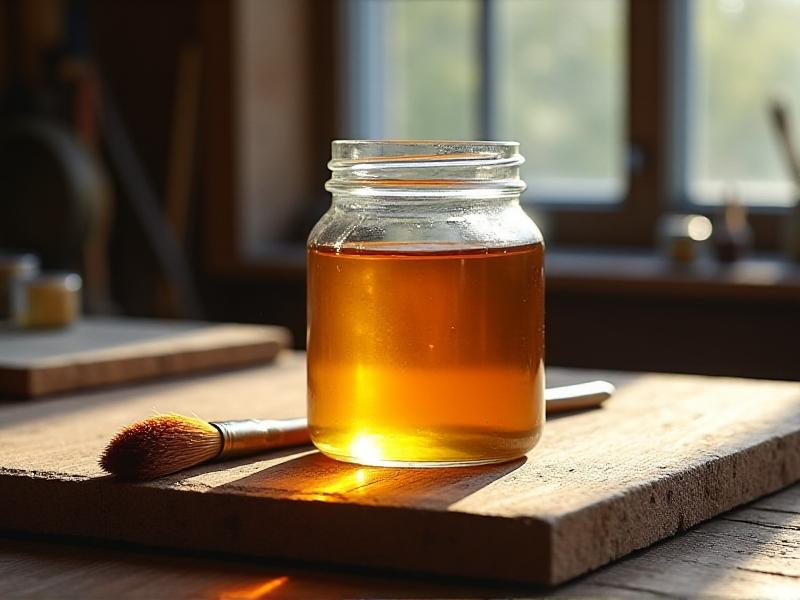
Boiled linseed oil (BLO) has been a cornerstone of wood finishing for centuries, prized for its ability to enhance and protect natural materials. Derived from flax seeds, this oil undergoes a heating process combined with metallic driers to accelerate its curing time, making it more practical than raw linseed oil. Historically, it was used on everything from tool handles to antique furniture, creating a durable, water-resistant finish that deepens wood’s natural beauty. Its popularity stems from its simplicity: BLO penetrates deep into wood fibers, hardening to form a flexible barrier that resists wear while allowing the material to breathe. For modern furniture flippers—artisans who revitalize discarded pieces—this traditional finish offers a bridge between time-honored craftsmanship and contemporary design sensibilities.
Why Modern Furniture Flippers Choose Boiled Linseed Oil
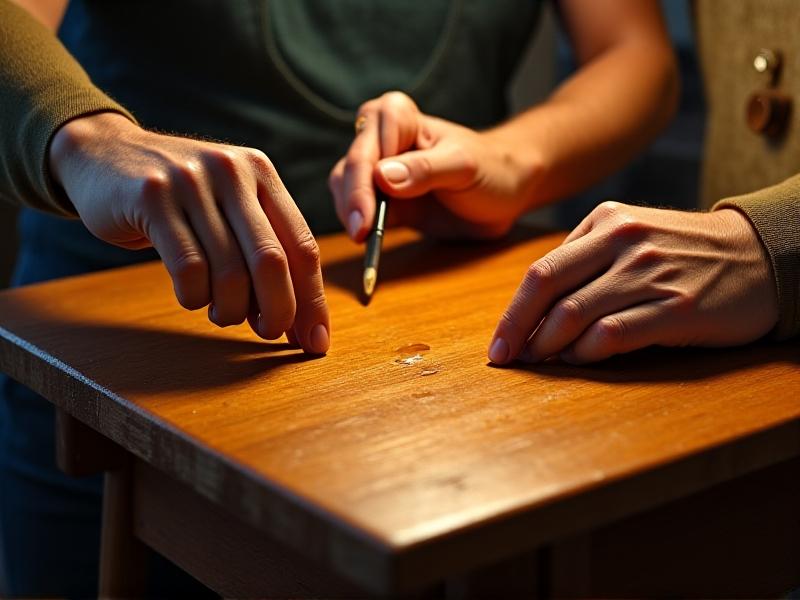
In an era of synthetic varnishes and spray-on sealants, boiled linseed oil stands out for its authenticity and ease of use. Furniture flippers gravitate toward BLO because it requires minimal tools—no sprayers or specialized equipment—and delivers a hand-rubbed, matte-to-satin finish that appeals to buyers seeking organic, tactile surfaces. Unlike film-forming finishes like polyurethane, BLO doesn’t peel or chip over time; instead, it ages gracefully, developing a patina that adds character to vintage pieces. Its slow curing time (24–72 hours) allows for meticulous layering, ensuring even coverage on intricate carvings or turned legs. Moreover, BLO is cost-effective, making it ideal for upcyclers working on tight margins. By choosing this finish, flippers honor the history of their pieces while delivering functional art that resonates in today’s eco-conscious market.
Mastering the Application: Techniques for a Flawless Finish
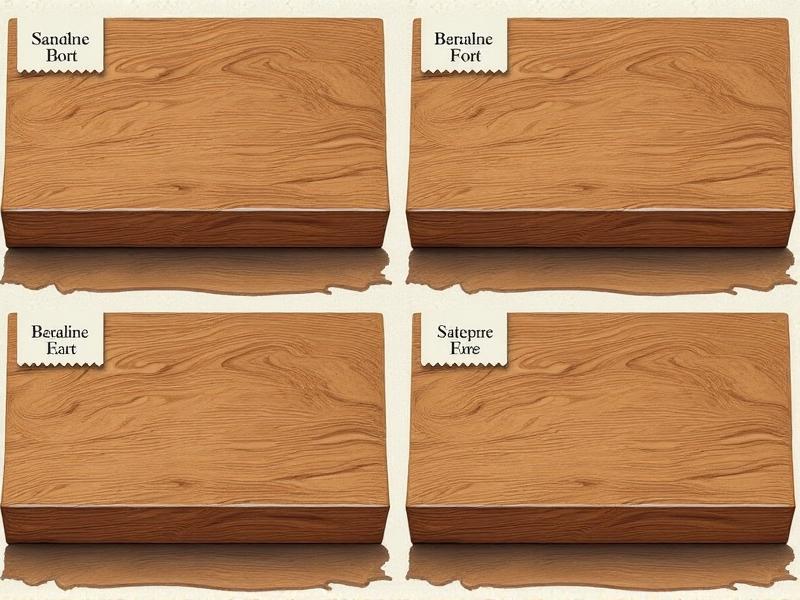
Applying boiled linseed oil is deceptively simple but demands patience. Start by sanding wood to 220 grit—smoother surfaces yield more reflective finishes. Use a cloth or brush to flood the surface with oil, working in small sections. Let it penetrate for 20–30 minutes, then wipe away excess to prevent a sticky residue. Repeat this process 2–3 times, allowing each coat to cure fully. For porous woods like oak, a fourth coat may deepen the color. Always work in a ventilated area and lay rags flat to dry, as oil-soaked fabrics can combust spontaneously. Some flippers mix BLO with citrus solvent or beeswax for altered sheens or faster drying. The key is to let the oil’s natural properties shine: it won’t obscure flaws but will amplify the wood’s inherent charm, making it perfect for pieces where authenticity matters.
Boiled Linseed Oil vs. Modern Alternatives
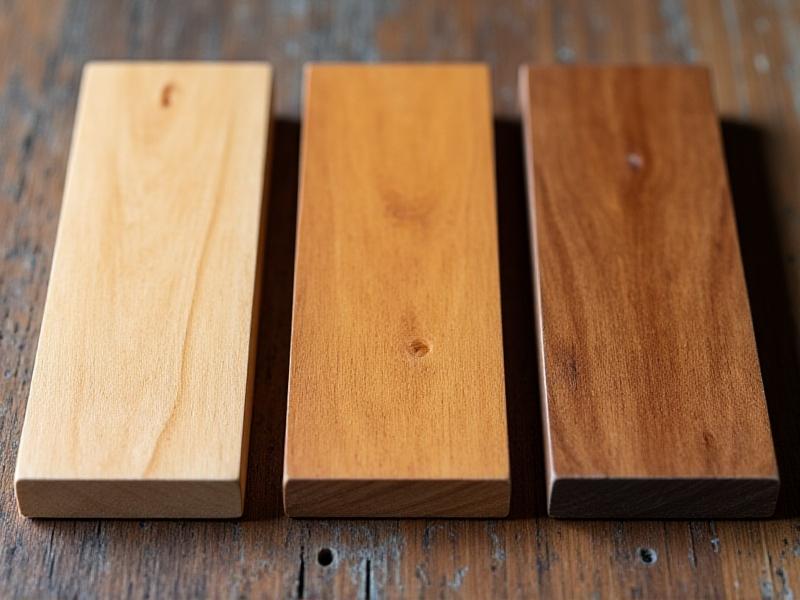
When compared to modern finishes, BLO’s advantages lie in its reparability and aesthetic subtlety. Polyurethane forms a plastic-like armor but requires sanding for repairs; BLO can be spot-touched without disrupting the surrounding area. Tung oil, another natural option, offers better water resistance but cures slower and lacks BLO’s affordability. Lacquers and shellacs provide high-gloss finishes but often feel artificial on vintage furniture. Danish oil—a BLO blend—offers a middle ground but incorporates synthetic additives. For flippers prioritizing sustainability, BLO’s plant-based composition and low VOC emissions align with green principles. However, it’s less suited for high-moisture environments like kitchens, where a polyurethane topcoat might be necessary. Understanding these trade-offs helps artisans tailor their approach to each piece’s story and intended use.
Case Study: Transforming a 1920s Vanity with BLO
A recent project involved a walnut vanity with missing veneer and water rings. After repairs, the artisan chose BLO to honor the piece’s Jazz Age origins. Three coats of oil revived the wood’s reddish undertones and muted scratches into a "lived-in" charm. The finish’s slight sheen complemented the vanity’s geometric hardware, avoiding the plasticky look of polyurethane. The client praised the piece’s tactile warmth, proving that BLO can meet modern expectations while preserving historical integrity. This case underscores how traditional finishes, when applied thoughtfully, elevate flipped furniture from mere commodities to conversation starters.
Maintaining the Legacy: Care Tips for BLO-Finished Furniture
Maintenance is straightforward but vital. Dust regularly with a microfiber cloth to prevent abrasive buildup. For cleaning, use a damp—not wet—cloth, followed by immediate drying. Annual reapplication of BLO rejuvenates the finish; simply buff a thin coat into worn areas. Avoid silicone-based polishes, which create slippery residues. For scratches, lightly sand the area and re-oil. Over decades, BLO finishes develop a lustrous, museum-quality patina, but they’ll never feel sterile or factory-perfect—a quality that resonates deeply in a mass-produced world.
Sustainability and the Future of Handcrafted Finishes
As demand for sustainable furnishings grows, BLO’s role expands. Flax, a renewable crop, requires fewer pesticides than cotton or synthetic resin feedstocks. Modern flippers also appreciate BLO’s biodegradability—unlike petroleum-based finishes, it won’t leach toxins in landfills. Innovations like UV-stabilized BLO blends are emerging, addressing traditional limitations. Yet the core appeal remains unchanged: in a single coat, this ancient finish connects today’s makers to generations past, proving that some traditions only grow more relevant with time.
